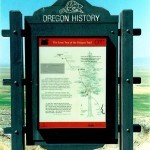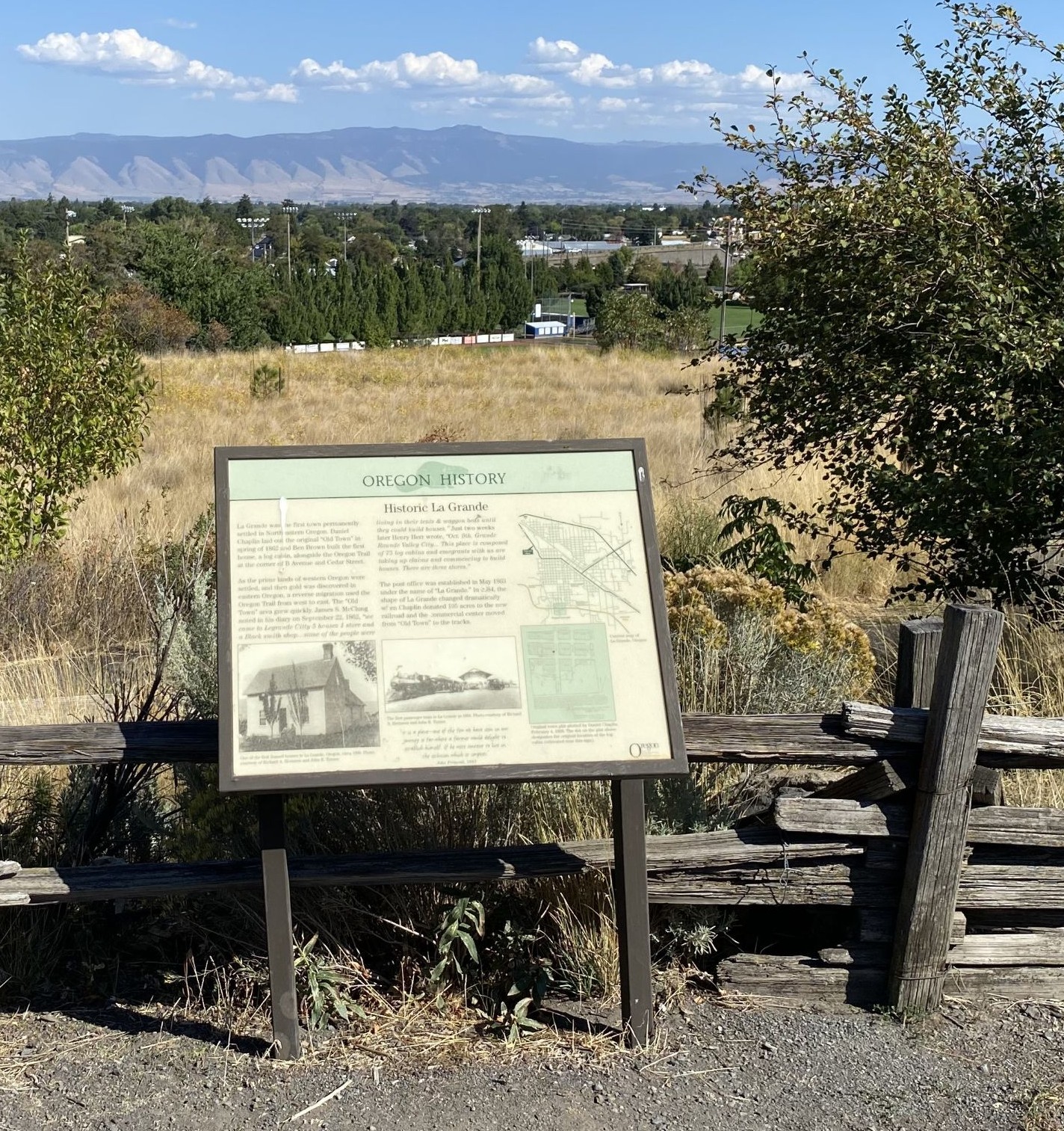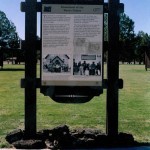McKay, Thomas
Posted on: October 22nd, 2024 in Historical Marker Details |

One of the Oregon Country’s most picturesque fur-traders, Thomas McKay, is buried near Scappoose. He was a daring leader, famous storyteller and could drive a nail with a rifle ball. A Canadian, he arrived with Astorians as a teenage boy; served with North West Company, became a clerk with the Hudson’s Bay Company, established a grist mill at Champoeg. Alexander McKay, a victim of the Tonquin Massacre was his father …
 Payments
Payments







